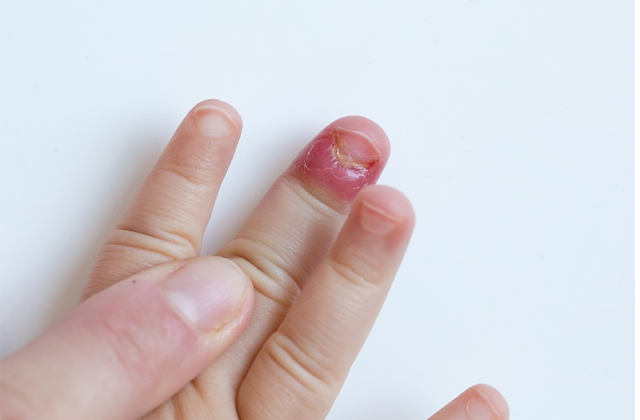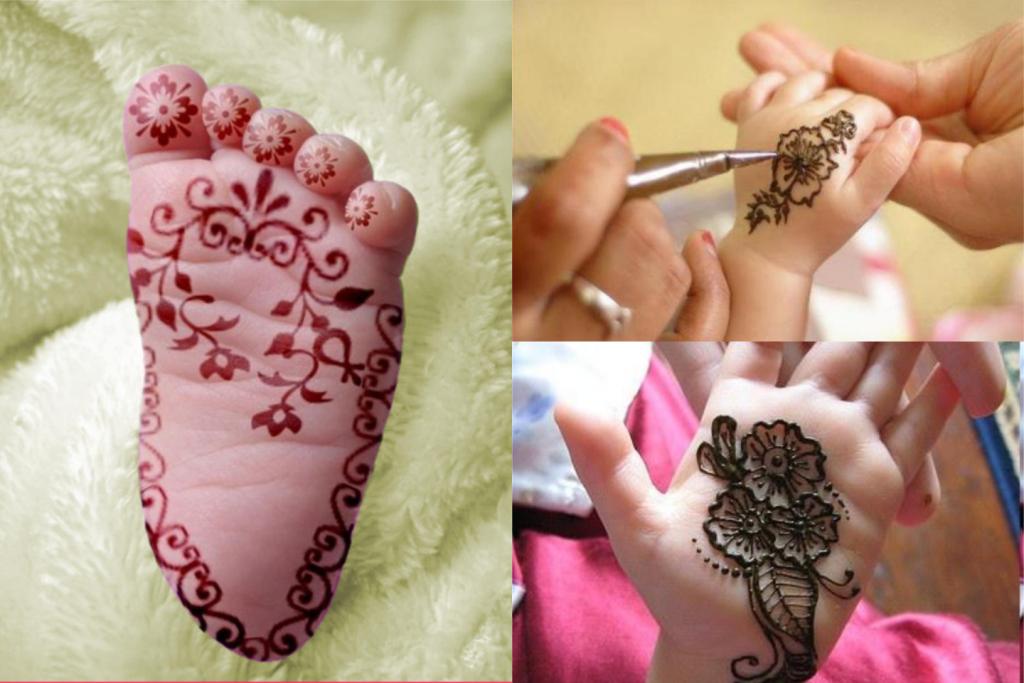Staph infection is a common bacterial infection which happens to everyone at least once. This infection is caused by the Staphylococcus aureus bacteria. Many healthy people carry these bacteria on their skin and in their noses without getting affected or infected by it. But when skin is punctured or broken, staph bacteria can enter the wound and cause infections, which can lead to other health problems. The simplest way to prevent this from happening to your child is to encourage frequent hand washing in him/her. Staph bacteria are normally harmless unless they enter your body. However, staph infections can turn deadly if the bacteria invade deeper into the body, entering your bloodstream, joints, bones, lungs or heart. MRSA, which stands for methicillin-resistant Staphylococcus aureus, is one of many strains of the bacterium called Staphylococcus aureus — or staph, for short, and is a big concern for children.
Read More: 11 Natural Treatments for Impetigo in Children
Staph Infection in Children: Symptoms, Prevention and Treatment
Symptoms of Staph Infection
There are many symptoms of the staph infection. The symptoms of a staph infection are usually seen in the form of skin infections:
Boils
The most common type of staph infection is the boil, a pocket of pus that develops in a hair follicle or oil gland. The skin over this affected area becomes red and swollen and painful. These boils drain pus.
Impetigo
This contagious, often painful rash can be caused by staph bacteria. Impetigo usually features large blisters that may ooze fluid and develop a honey-colored crust.
Cellulitis
It is an infection of the deeper layers of skin that causes skin redness and swelling on the surface of your skin. Sores (ulcers) or areas of oozing discharge may develop, too.
Staphylococcal scalded skin syndrome
Toxins produced as a result of a staph infection may lead to staphylococcal scalded skin syndrome. Affecting mostly babies and children, this condition features fever, a rash and sometimes blisters. When the blisters break, the top layer of skin comes off — leaving a red, raw surface that looks like a burn.
Skin Infections passing between family members
Skin infections that are contagious are often a red flag for staph and should not be taken lightly. If one member of the family has a contagious skin infection resulting from staph, it is possible that it will pass from member to member in the family.
Staph bacteria can also cause food poisoning in kids. A staph infection in food usually doesn’t cause a fever. Signs and symptoms you can expect with this type of staph infection include:
- Nausea and vomiting
- Diarrhea
- Dehydration
- Low blood pressure
You must see a doctor if your child has an area of red, irritated and painful skin any part of his/her body. Pus-filled blisters are a common occurrence as a part of a staph infection and sometimes all these symptoms may cause your child to come down with fever. See a doctor immediately if anything like this happens.
Read More: 11 Common Skin Problems in Children
Prevention of Staph Infection
There are some common measures you can take to prevent staph infections from occurring in your family, such as:
Wash hands
Careful hand-washing is the best defense against germs and bacteria. Teach your child to wash his/her hands briskly for at least 20 seconds, then dry them with a disposable towel and use another towel to turn off the faucet. Hand sanitizers are another way to prevent germs from entering and spreading in your system.
Keep wounds covered
Keep cuts and abrasions clean and covered with sterile, dry bandages until they heal. The pus from infected sores often contains staph bacteria and keeping wounds covered will help keep the bacteria from spreading.
Keep personal items personal
Teach your child to avoid sharing personal items such as towels, sheets, razors, clothing and athletic equipment. Staph infections can spread on objects, as well as from person to person.
Take food safety precautions
Always wash your hands before handling food for your family and teach everyone in the household to do so. If food will be out for a while, make sure that hot foods stay hot — above 140 F (60 C) — and that cold foods stay at 40 F (4.4 C) or below. Refrigerate leftovers as soon as possible.
Use hot water
If you think you may be at risk for infection, use hot water to wash your bedding and clothing. This will kill off the bacteria.
Read More: 21 Food that Help Fight Infection in Children
Treatment for Staph infection
If your child has been diagnosed with staph, you can treat him/her by:
- washing the skin with an antibacterial cleanser
- using warm soaks (to keep the infection from spreading, use a towel only once when you soak or clean an area of infected skin, and then wash it)
- applying antibiotic ointment, if prescribed by your doctor
- covering the skin with a clean dressing or bandage
- Your doctor will most likely prescribe some antibiotics for your child- you must administer them as per the dosage instructions and on time.
But keep in mind that at-home treatment works for staph only if it is a minor case of infection. Anything that goes deeper than surface level infection should be treated by a medical professional and you should rush your child for immediate medical attention in case of such an occurrence. Serious staph infections might need to be treated in a hospital, and an abscess (or pocket of pus) that doesn’t respond to home care might need to be drained.
Read More: If My Child is on Antibiotics for Repeated Infections, Could that Cause Him/Her Problems?
Conclusion
Staph infection is not something to be taken seriously. Though it can be treated at home, you should always consult a doctor first to see the severity and the extent to which your child is infected. If the infection is serious, do not hesitate to get immediate professional help. Since staph can lead to other, potentially life-threatening health conditions, you must always be very particular when it comes to cleanliness with your child and around your household as well.
References
https://kidshealth.org/en/parents/staphylococcus.html













